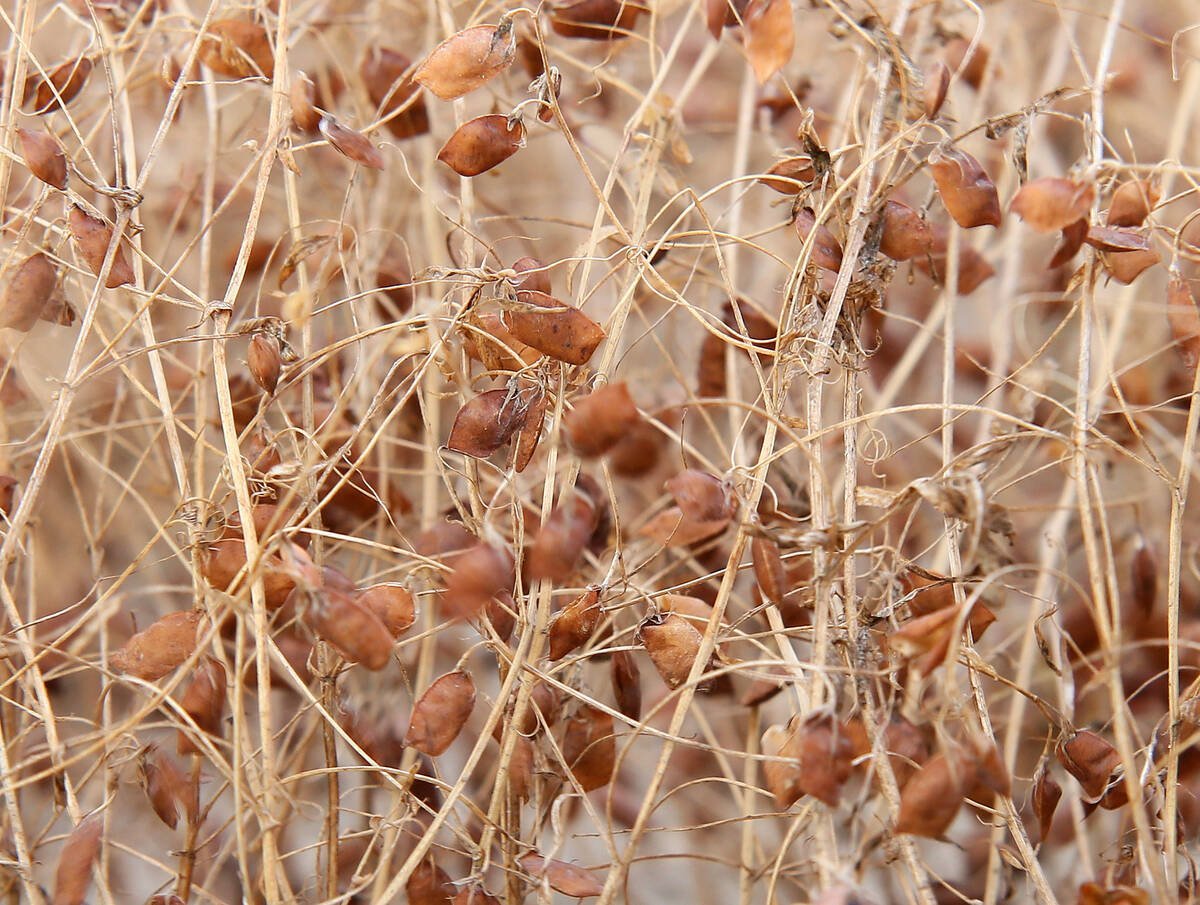Most farmers know if their farm is profitable.
Many know if individual crops are profitable on their farm.
But do farmers know which of their fields are profitable and which aren’t?
It’s crucial knowledge for farm management, but it isn’t easy to work out, say two farm management experts. Continuing to farm money-losing land is hard to justify.
“If it’s not profitable year after year, that’s not something you can address very easily,” said Matt Essick, a northwestern Iowa agronomist, in a profitability webinar organized by Granular Ag, a North Dakota advisory service.
Read Also

Europe holds promise for Canadian lentils
Pulse Canada is trying to help boost lentil consumption in Europe, which is already the fourth largest market.
Later, University of Illinois farm management specialist Gary Schnitkey said farmers must face reality if they are paying more to rent land than they are making from farming it.
“Walk away,” he said.
Essick and Schnitkey said per-field profitability is difficult to assess due to the complexities of breaking out machinery, technology, financing and other costs associated with individual fields.
“It’s not as easy to do as you think,” said Essick.
However, it’s a vital part of assessing and improving overall farm profitability. Renting farmland is far more common in the United States than in Western Canada, so ensuring that rent rates and profitability are in line is essential for Midwestern American farmers.
Analyzing profitability among farmers brings some interesting results, Schnitkey said. Machinery costs and technology are central for many, but not always in the way people might expect.
“Surprisingly, we didn’t see a lot of differences between buying… newer versus older equipment,” said Schnitkey.
“You’re often just trading depreciation for repairs.”
However, it is vital to match machinery to production base, “keeping everything in-line with the size of the farm.”
Spreading machinery and other technology costs across an appropriate number of acres allows for costs fitting production base, and affordable incorporation of new technologies.
If it’s done right, it appears to create the strange phenomenon of profitable farmers achieving “higher yields but… with lower per acre costs.”
Sometimes agronomic decisions and financing decisions can seem to collide, but farmers need to balance optimal agronomic performance versus lowest financing cost.
For instance, running two seeding systems instead of one can ensure crops are going in at the right time and not waiting for the machinery to catch up.
Schnitkey recommended farmers trying to improve profitability begin with controlling inputs and then moving on to machinery.
Avoiding under- and over-application of inputs like fertilizer can be a significant improvement on efficiency.
Seed treatments can also bring an important boost in yield.
Essick noted that farmers can fall behind with crop scouting and miss important problems developing in fields. That’s an avoidable hit to profitability.
ed.white@producer.com















